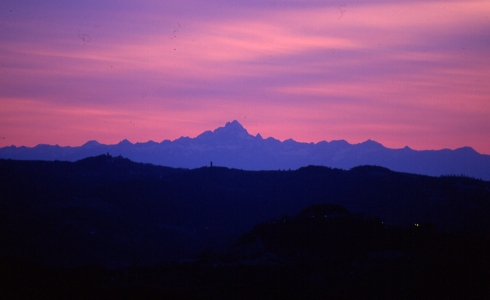

 Wine for Sausages?
Wine for Sausages?
We've found 129 wine(s) in our Italian Wine Guide which are good for Sausages.
Read more

Wine: Red wine
Taste: Dry
Volume: Medium
Min. alcohol: 12.5%
Mandatory Storage: Min. 2 years
Storage potential: 10 years
In 2000, 3 subzones were legally created within Barbera d'Asti DOC, namely Nizza, Tinella and Colli Astiani (or Astiano). Since the entire Barbera d'Asti zone was classified as DOCG in 2008, the three subzones were included in the bargain.
Barbera d'Asti DOCG Colli Astiani (or Astiano) is grown in the Asti province, in the municipalities of Mongardino, Vigliano, Montegrosso d'Asti, Montaldo, Scarampi and Rocca d'Arazzo.
Barbera d'Asti DOCG Colli Astiani (or Astiano) is grown in the Asti province, in the municipalities of Montemarzo, S. Marzanotto Valle Tanaro, Isola d'Asti, Montegrosso d'Asti, Mongardino, Vigliano, Montegrosso d'Asti, Montaldo Scarampi, Rocca d'Arazzo and Azzano.
Not surprisingly, the wine is made from Barbera grapes (90-100%), with the permitted addition of local non-aromatic red grapes, mostly Freisa, Grignolino or Dolcetto (0-10%).
Barbera d'Asti Colli Astiani Superiore DOCG is an intense ruby red wine with a tendency to turn to garnet with age. The bouquet is intense, distinctive and ethereal. The taste is dry, extremely full-bodied, smooth and round, often with notes of wood.
The mandatory aging period is 2 years starting with October 1st of the harvesting year, of which, minimum 6 months in barrels and 6 months in the bottle. The minimum alcohol content is 13%.
Pairs well with salami, risotto and Parmesan cheese.
About Barbera DOC(G) wines
The label always bears the name of the zone where the wine is grown, which includes Barbera d'Alba DOC (depth and structure), Barbera del Monferrato DOC (generally the lightest and most often bubbly), Barbera del Monferrato Superiore (DOCG with greater demands for volume and alcohol) and Barbera d'Asti (DOCG, more accessible and refined).
That Italy in 2011 was the worlds largest wine producer?